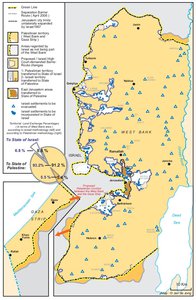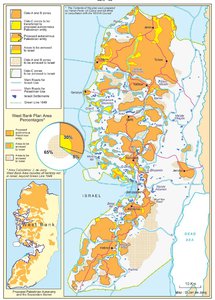THE GENEVA INITIATIVE AND ACCORD, 2003
Map Details
In October of 2003, just months after the Road Map for Peace had been declared a lost cause by Israeli and Palestinian officials alike, its spirit was revived in the form of an independently developed back-channel effort to resolve the Israeli-Palestinian conflict that became known as the Geneva Initiative, or alternatively, the Geneva Accord. Incorporating ideas from the Road Map as well as the 2000 Clinton Parameters, the 2001 Taba talks and the Bush speech of June 2002, the Geneva Initiative of 2003 was a model permanent status agreement negotiated between between key participants in previous rounds of Israeli-Palestinian negotiations, such as former Israeli Justice Minister Yossi Beilin and then PA Minister of Culture and Information Yasser Abded Rabbo, as well as intellectuals whose objective was to provide “realistic and achievable solutions on all issues [and] a detailed blueprint of Israeli-Palestinian peace.” In fact, the Geneva Initiative involved a reversal of the gradualist approaches to resolving the conflict which had previously failed, for example at Oslo. Hence, instead of discussing transitional arrangements in the absence of a mutually accepted end goal, the negotiators involved in the Geneva Initiative "agreed on the basic details of the final product (mutual sovereignty, and delineated boundaries) and then began to look for the mechanisms to implement it." The Geneva Accord that has resulted from this process echoes the Clinton Parameters in stipulating mutual recognition of the Israeli and Palestinian right to two separate states, the removal of Jewish settlements, a comprehensive solution to the refugee problem and the demilitarization of the Palestinian state. The Geneva Initiative envisages a Palestinian state in 97% of the West Bank and the Gaza Strip with land swaps on a one-to-one basis to compensate for the annexation of some Israeli settlement blocs in the West Bank. The Accord further states that the projected border must be recognized by the parties as "the permanent, secure and recognized international boundary between them". In order to ensure territorial contiguity of the Palestinian territories, a ‘safe passage corridor’, connecting the West Bank and the Gaza Strip, will be under Israeli sovereignty but permanently open and administered by Palestinians. According to the drafters of the Geneva Initiative, the total number of Palestinian refugees allowed into Israel will be at the sovereign discretion of Israel. Thus, in exchange for Israel's return to the 1967 borders, the Palestinians will have to de facto relinquish their right of return. While the Clinton Parameters contained a clause saying that “Israel is prepared to acknowledge the moral and material suffering caused to the Palestinian people as a result of the 1948 War,” the Geneva document does not dwell on the responsibility for the refugee crisis. Serving as both Israel’s and Palestine’s capital, Jerusalem is to be partitioned according to the principle of Israeli control over Jewish neighborhoods and Palestinian control over Arab neighborhoods. Consequently, Palestinians would have sovereignty over but Jews full access to the Al-Haram Ash-Sharif ("Temple Mount" for Jews) site, on which the Al-Aqsa Mosque and the Dome of the Rock are located. Although the Geneva Initiative was the product of unofficial, back-channel efforts, it received ample international attention and was soon endorsed by various prominent individuals such as then UN Secretary- General Kofi Annan, former US Presidents Jimmy Carter and Bill Clinton as well as the late Nobel Peace Prize winner and former South African President Nelson Mandela. Furthermore, 58 former presidents, prime ministers, foreign ministers and other global leaders issued a joint statement expressing their strong support for the Geneva Initiative. Among the signatories were former Soviet President Mikhail Gorbachev, former UN Secretary-General Boutros Boutros-Ghali, former President of the European Commission Jacques Delors, Nobel Peace Prize winner and former Costa Rican President Oscar Arias Sánchez and Nobel Peace Prize Winner and former South African President F.W. de Klerk. The Middle East Quartet also welcomed the plan although it did not endorse its specific contents. With regard to the immediate official parties to the conflict, the initiative was met with furious disapproval by Israeli Prime Minister Sharon, who represented it as a plot against his government. And while Palestinian President Arafat initially called the Geneva Accord "a brave initiative that opens the door to hope" he ultimately did not endorse it officially. When it came to the Israeli and Palestinian public, there seemed to be "a great deal of variation of opinion within both communities and also a great deal of ignorance about the details of the Accord." For Palestinians, the most contentious provision in the Accord is the Israeli sovereignty over the resolution of the refugee problem, while Israeli criticism has been loudest with regard to the proposed Palestinian control over the Al-Haram Ash-Sharif. However, the biggest flaw of the Geneva Accord might not be its inclusion of these seemingly unacceptable provisions, but the fact that some of its clauses are potentially unworkable. This is especially the case with regard to the rigid border regime proposed for Jerusalem, which ignores the fact that Jerusalem "is a living, organic, integrated city whose population […] continues to mix." Despite the flaws in the text and despite the fact that the Geneva Initiative never received official backing from Israeli and Palestinian officials, at least parts of the model permanent status agreement have become "widely, grudgingly accepted" among both camps and are still on the table in the current Kerry Peace Process.
Related Maps
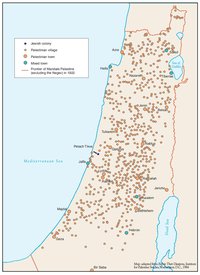
OTTOMAN PALESTINE, 1878
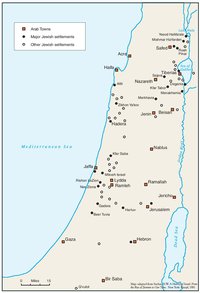
ARAB TOWNS AND JEWISH SETTLEMENTS IN PALESTINE, 1881-1914
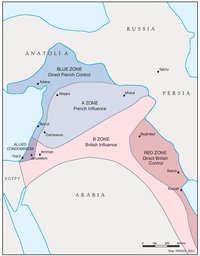
THE SYKES-PICOT AGREEMENT, 1916
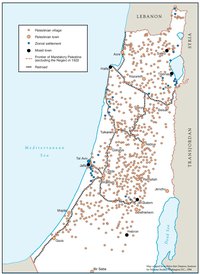
THE BEGINNING OF THE BRITISH MANDATE, 1920
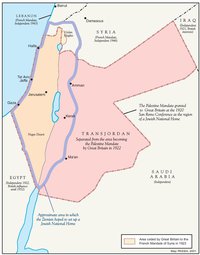
PALESTINE UNDER THE BRITISH MANDATE
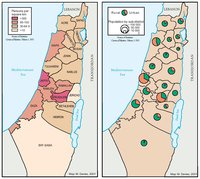
THE DEMOGRAPHY OF PALESTINE, 1931
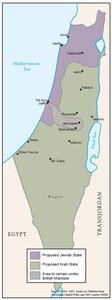
THE PEEL COMMISSION PARTITION PROPOSAL, 1937
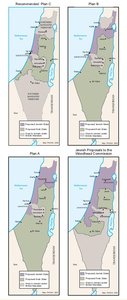
THE WOODHEAD COMMISSION PARTITION PROPOSALS, 1938
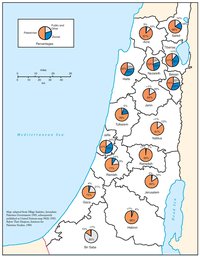
PALESTINIAN AND ZIONIST LANDOWNERSHIP BY SUB-DISTRICT, 1945
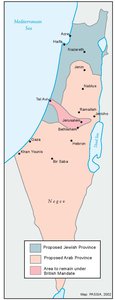
THE MORRISON-GRADY PARTITIONED TRUSTEESHIP PLAN, 1946
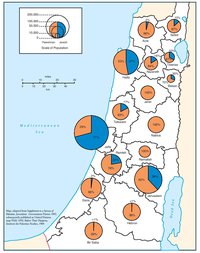
POPULATION OF PALESTINE BY SUB-DISTRICT, 1946
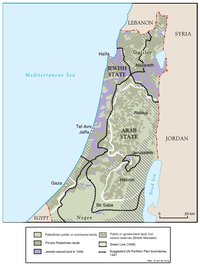
LAND OWNERSHIP IN PALESTINE, 1948
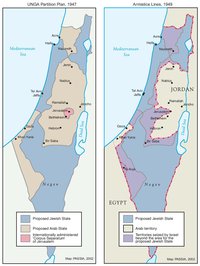
THE UNGA PARTITION PLAN, 1947 – THE 1948 WAR & THE 1949 ARMISTICE LINES
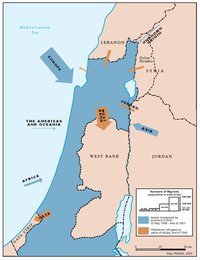
POPULATION MOVEMENTS, 1948-1951
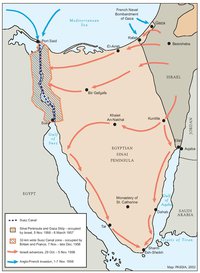
THE SUEZ WAR, 1956
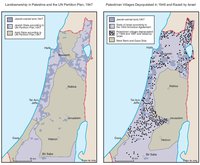
LAND OWNERSHIP IN PALESTINE AND THE UN PARTITION PLAN - PALESTINIAN DEPOPULATED AND DESTROYED VILLAGES, 1948-1949
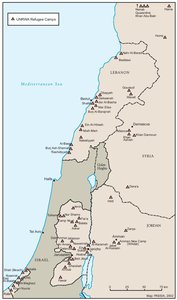
THE PALESTINIAN DIASPORA, 1958
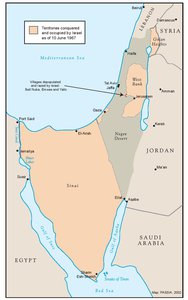
THE NEAR EAST AFTER THE JUNE 1967 WAR
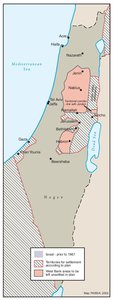
THE ALLON PLAN, JUNE 1967
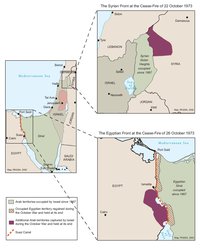
THE OCTOBER WAR, 1973
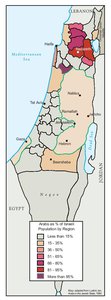
THE PALESTINIANS INSIDE ISRAEL, 1977
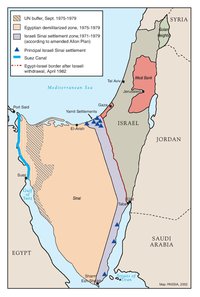
THE CAMP DAVID ACCORDS, 1978-1979
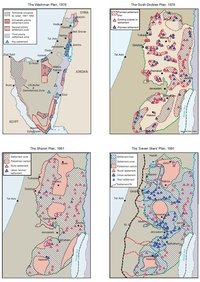
ISRAELI SETTLEMENT MASTER PLANS, 1976-1991
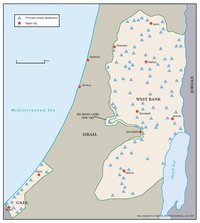
THE 1991 MADRID PEACE CONFERENCE & ISRAELI SETTLEMENTS
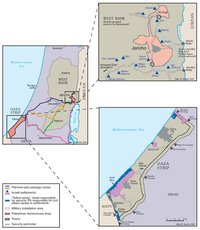
GAZA-JERICHO (OSLO I) AGREEMENT, CAIRO, 4 MAY 1994
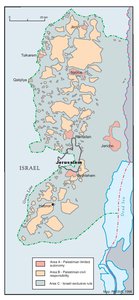
INTERIM (OSLO II) AGREEMENT, TABA, 28 SEPTEMBER 1995
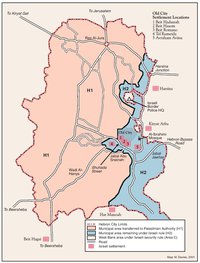
HEBRON PROTOCOL, 15 JANUARY 1997
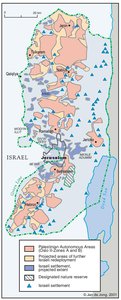
WYE RIVER MEMORANDUM, 23 OCTOBER 1998
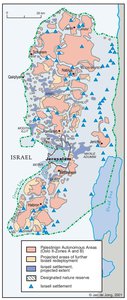
SHARM ESH-SHEIKH AGREEMENT, 4 SEPTEMBER 1999
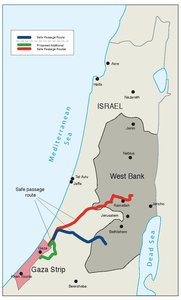
PROTOCOL CONCERNING SAFE PASSAGE BETWEEN THE WEST BANK AND THE GAZA STRIP, 5 OCTOBER 1999
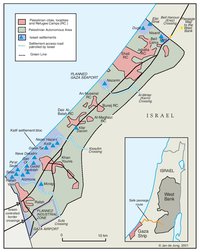
GAZA, 2000
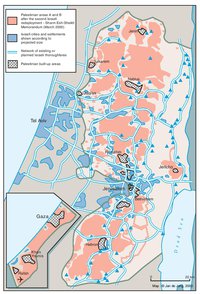
WEST BANK AND GAZA STRIP, MARCH 2000
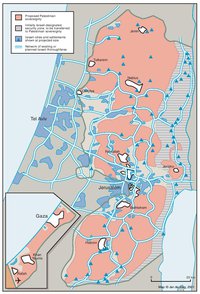
CAMP DAVID PROJECTION, JULY 2000
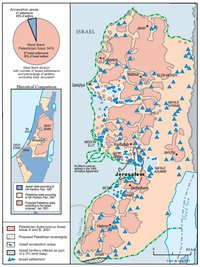
TABA TALKS PROJECTION, JANUARY 2001
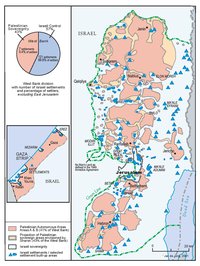
THE SHARON PROPOSAL, SPRING 2001
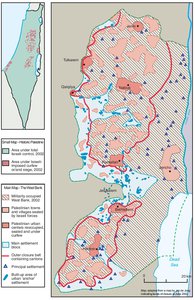
THE REINVASION OF THE PALESTINIAN TERRITORIES, 2001-2002
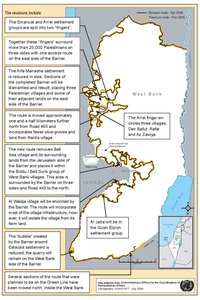
THE ROAD MAP, 2003
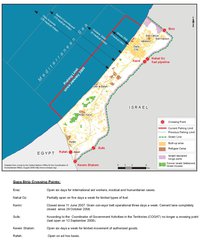
THE ISRAELI DISENGAGEMENT PLAN, 2003-2005
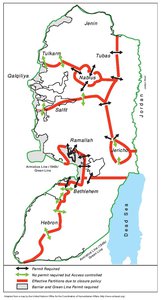
AGREED DOCUMENTS ON MOVEMENT AND ACCESS FROM AND TO GAZA, 2005
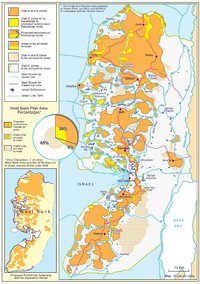
THE SETTLERS' PLAN FOR PALESTINIAN AUTONOMY, 2006
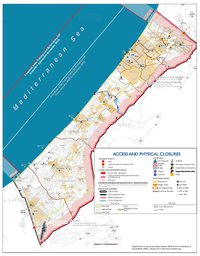
THE GAZA STRIP TODAY (2014)
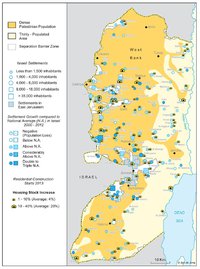
THE WEST BANK TODAY (2014)
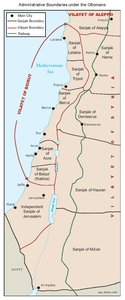
ADMINISTRATIVE BOUNDARIES

HEBRON
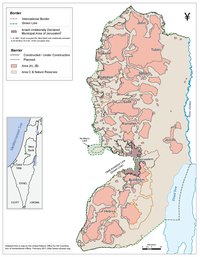
Area C
